‘I’ve always been compelled by Frankenstein’: Tai Shani at The Cosmic House
Turner Prize-winning artist Tai Shani references the deconstructed human form at The Cosmic House in London's Holland Park
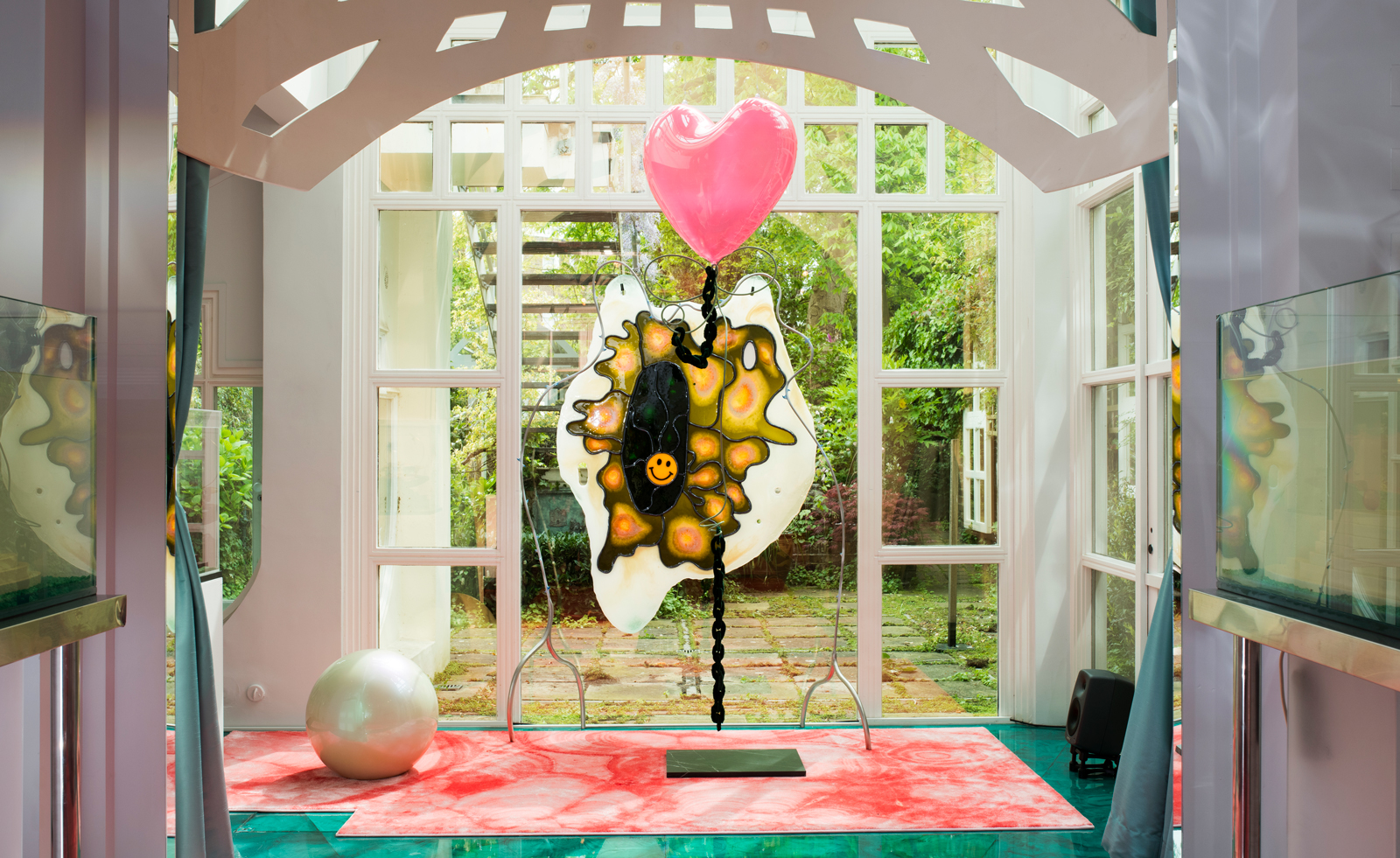
The Cosmic House was always intended as more than a home. A postmodern masterpiece, it was created by Charles and Maggie Jencks between 1978 and 1983 in London’s wealthy Holland Park. It functioned as a living space for the radical couple’s family and a hotbed for creative and architectural thought. Little within the house follows the rules of conventional design: the traditional staircase was replaced with a single spiral that is stamped with zodiac signs; everything from doorknobs to toilet flushes are present as unsettling doubles; and a lintel fireplace is painted to emulate polychromatic marble.
Tai Shani’s ‘The World to Me Was a Secret: Caesious, Zinnober, Celadon, and Virescent’ at The Cosmic House
The Cosmic House opened to the public in 2021, and its basement gallery currently features Tai Shani’s ‘The World to Me Was a Secret: Caesious, Zinnober, Celadon, and Virescent’, draws on Mary Shelley’s Frankenstein; or, The Modern Prometheus. The artist had already found her way to the work of Jencks before she met the team. In 2017, she was given a copy of The New Classicism, a magazine Jencks had edited. She was drawn to his ideas on cosmology, anthropomorphism, and ad-hocism – the unintentional use of materials to create a surreal result.
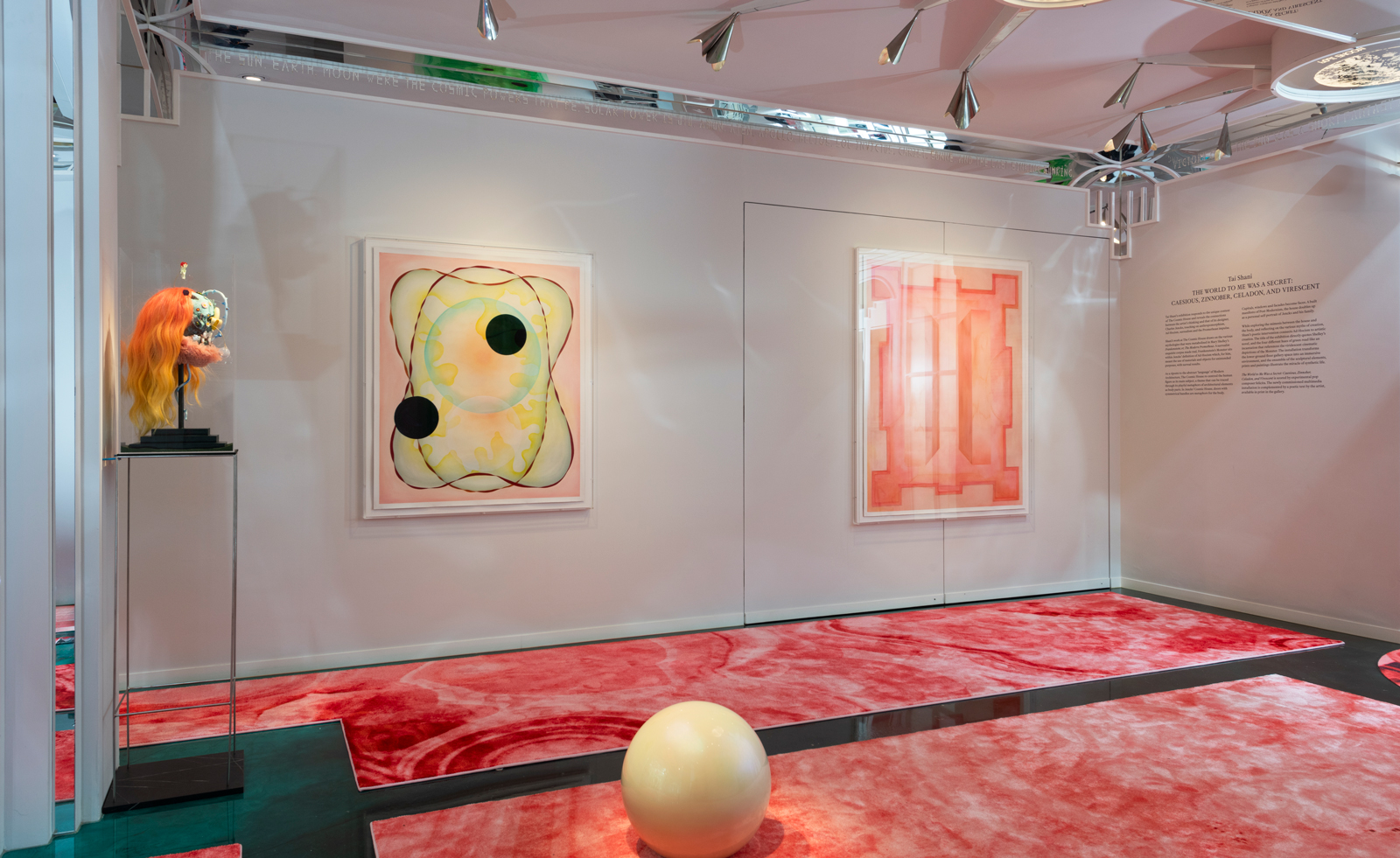
For the London exhibition, Shani has drawn on Mary Shelley’s similarly patchworked mash-up of the body. The exhibition could be read as a deconstructed human form, with fleshy pink carpets based on the pattern of Jencks’ malachite floor; cellular paintings; a sculpture with a blue skull, floral icons on the face, bright orange hair and a pink ruff at the neck; and two water tanks holdings spidery structures mimicking both coral and vascular networks. Gangs of miniature blue shrimp linger at the bottom of two spaceship-like sculptures in the tanks, inspired by Jencks’ own designs.
Despite its disparate elements, the installation is to be viewed as a whole entity. ‘It’s a poem,’ she considers. ‘I like to think of it in that way. There are different phrases in different languages.’ The exuberant room is created with humour, sensuality, and a nuanced blend between what might be defined as human and alien. Shani captures the elements of Frankenstein that feel terrifying, but also renders her abstracted body with tenderness and humanity.
‘I’ve always been compelled by Frankenstein on a very emotional level,’ she says. ‘There are a lot of stories where there is an artificial or constructed being that wants to be human. I’m interested in the borders around sentience. There is something so fundamental in this about how we perceive ourselves in the world and on a spiritual level. The idea of wanting to be human and being excluded from that is heartbreaking, especially at this moment in time, when we’re seeing there are some whose humanity is completely denied.’
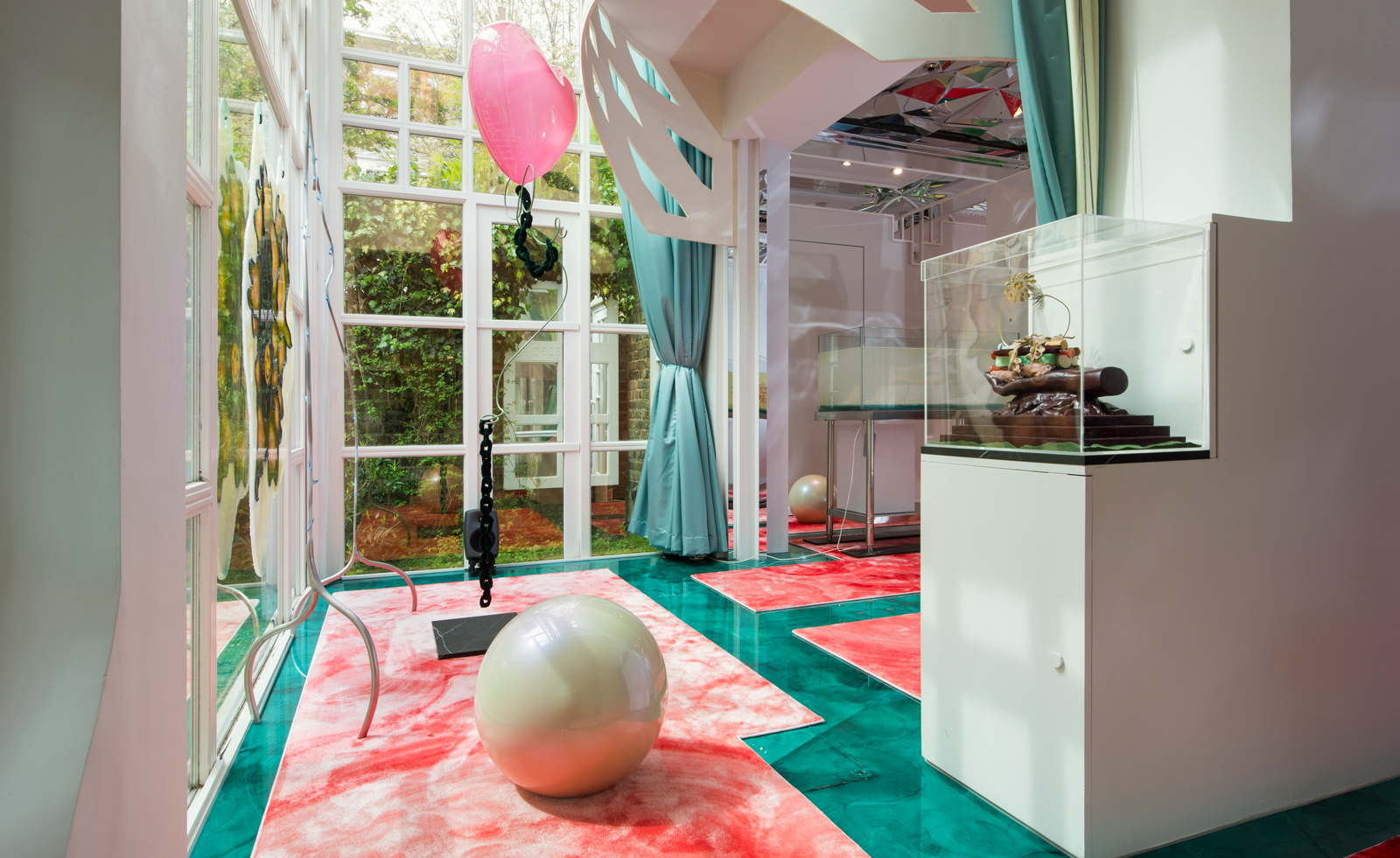
A work by Shani’s aunt hangs in the exhibition, an intimate painting from a series of zodiac works that represents Scorpio. It’s a subtle gesture that draws on the artist’s communal upbringing and rich creative influences from her early life. She has previously staged an exhibition of her aunt’s paintings at The Horse Hospital arts venue in London and included some in her 2019 Turner Prize exhibition. ‘I was very lucky to grow up in a family where being an artist was completely normal,’ she says. ‘We definitely share an inner world in many ways. She used to paint for me, we’d create stories about crystal worlds. There’s a real affinity, thematically.’
She also notes the important role of gothic writers such as Shelley – and more broadly, women working historically as mediums and mystics – who communicated ideas of otherness through the supernatural. ‘There’s always been this proximity between the supernatural and femininity,’ she says. ‘But also the title, “A Modern Prometheus”, harks back to fundamental mythologies that are a kind of matrix of our civilisation. You have a golem in Judaism, this creature that’s made of mud that can execute things for you but is semi-sentient. In the Christian creation myth, humans were fashioned out of clay. In this age where we’re thinking about how our subjectivities have been constructed, the idea of revisiting a being that is all construct is very relevant.’
Receive our daily digest of inspiration, escapism and design stories from around the world direct to your inbox.
Tai Shani, 'The World to Me Was a Secret: Caesious, Zinnober, Celadon, and Virescent’, at The Cosmic House until 20 December 2024
Emily Steer is a London-based culture journalist and former editor of Elephant. She has written for titles including AnOther, BBC Culture, the Financial Times, and Frieze.
-
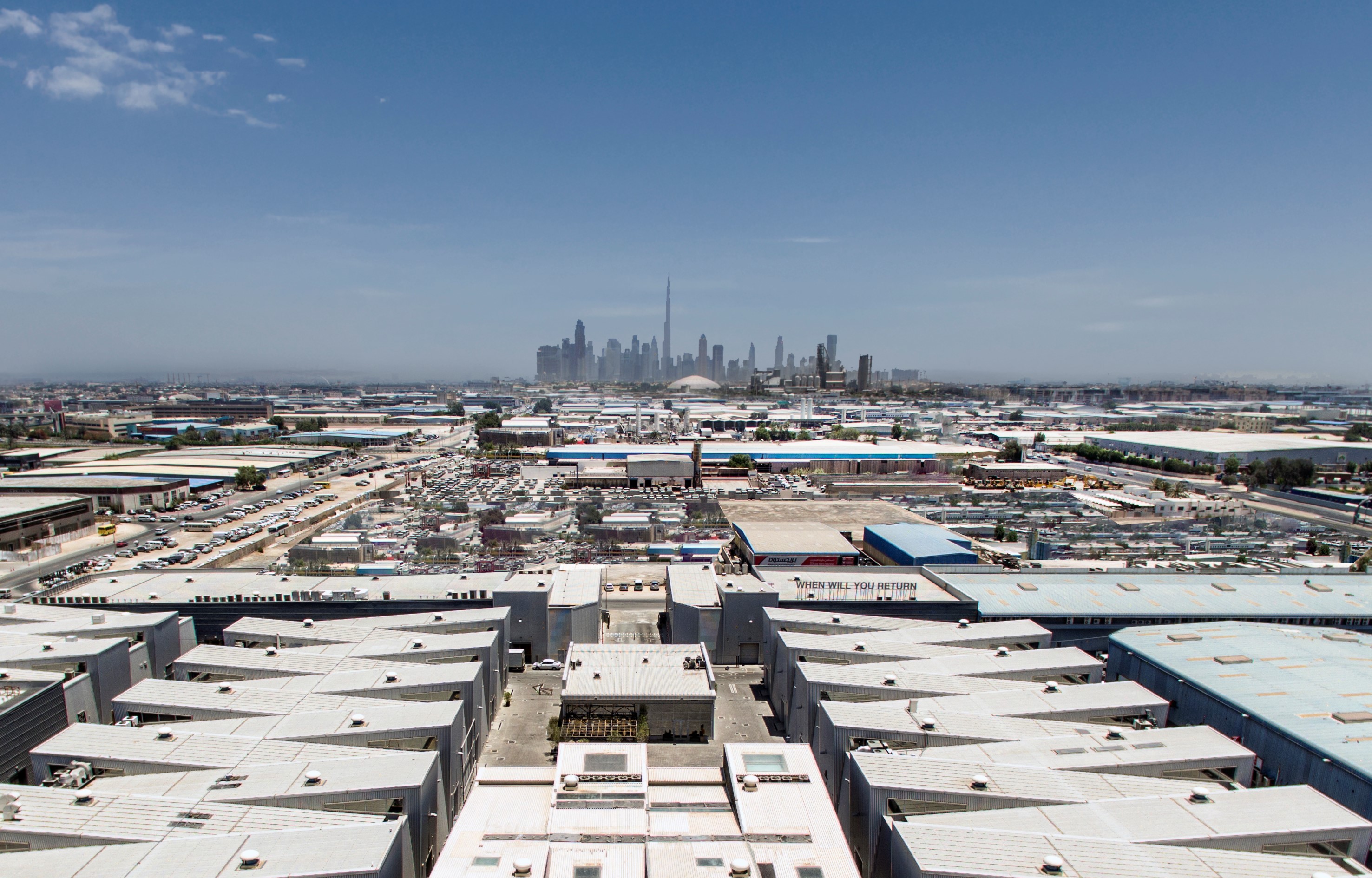 Design Miami announces Dubai collectible design platform in collaboration with Alserkal
Design Miami announces Dubai collectible design platform in collaboration with AlserkalThe new platform will honour the region’s cultural heritage while highlighting its spirit of innovation
-
 Four new keyboards are fresh and functional desktop companions
Four new keyboards are fresh and functional desktop companionsMechanical keyboards are all the rage, bringing with them new ways of personalising your desktop. We’ve found four devices that hark back to the early days of computing
-
 RBW EV brings a much-loved classic sports car aesthetic into the modern era
RBW EV brings a much-loved classic sports car aesthetic into the modern eraThe RBW Roadster and GT hark back to a golden age of sports car design. Under the skin, these British-built machines feature bespoke all-electric running gear
-
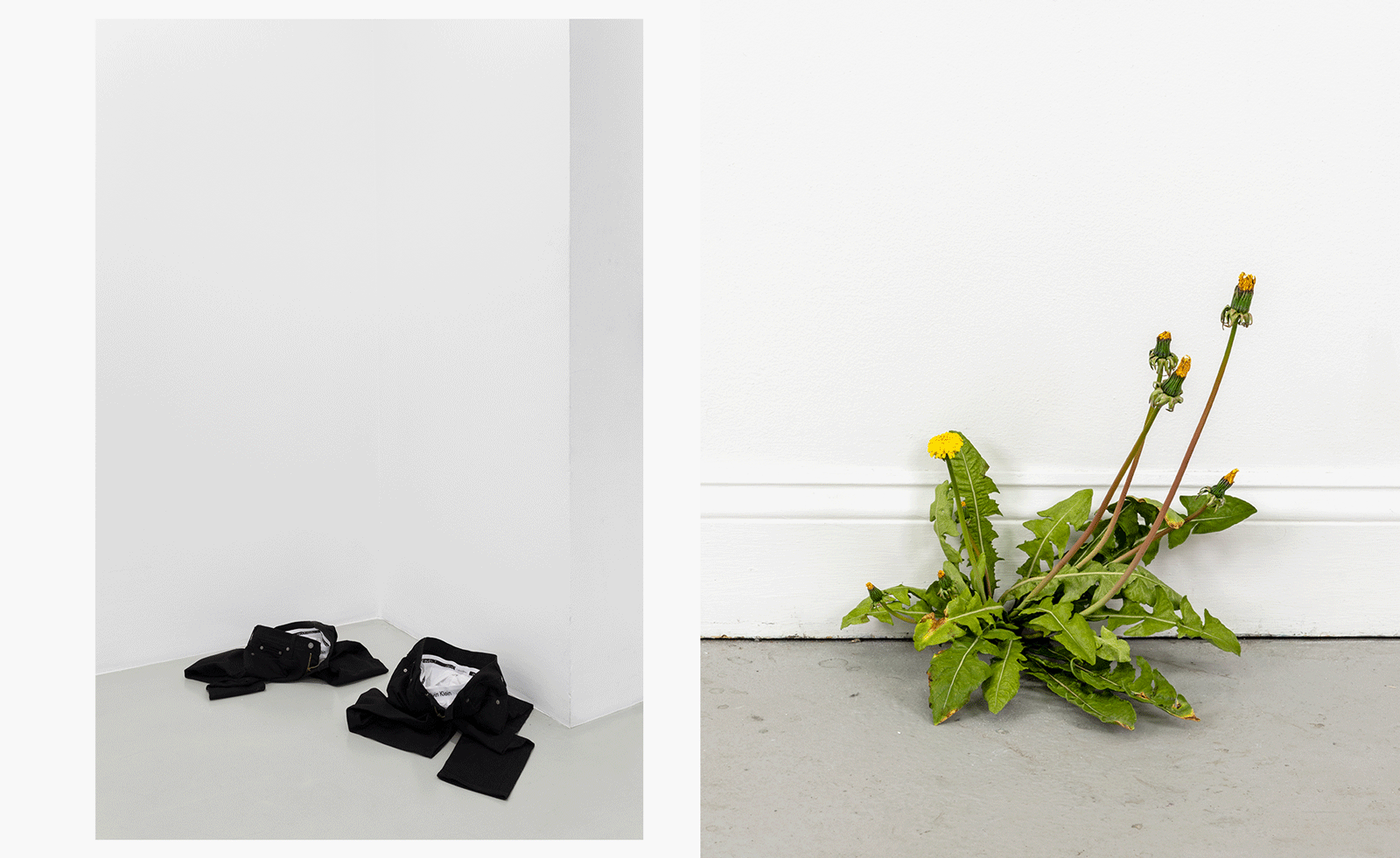 Each mundane object tells a story at Pace’s tribute to the everyday
Each mundane object tells a story at Pace’s tribute to the everydayIn a group exhibition, ‘Monument to the Unimportant’, artists give the seemingly insignificant – from discarded clothes to weeds in cracks – a longer look
-
 Out of office: The Wallpaper* editors’ picks of the week
Out of office: The Wallpaper* editors’ picks of the weekThis week, the Wallpaper* team had its finger on the pulse of architecture, interiors and fashion – while also scooping the latest on the Radiohead reunion and London’s buzziest pizza
-
 Out of office: The Wallpaper* editors’ picks of the week
Out of office: The Wallpaper* editors’ picks of the weekIt’s been a week of escapism: daydreams of Ghana sparked by lively local projects, glimpses of Tokyo on nostalgic film rolls, and a charming foray into the heart of Christmas as the festive season kicks off in earnest
-
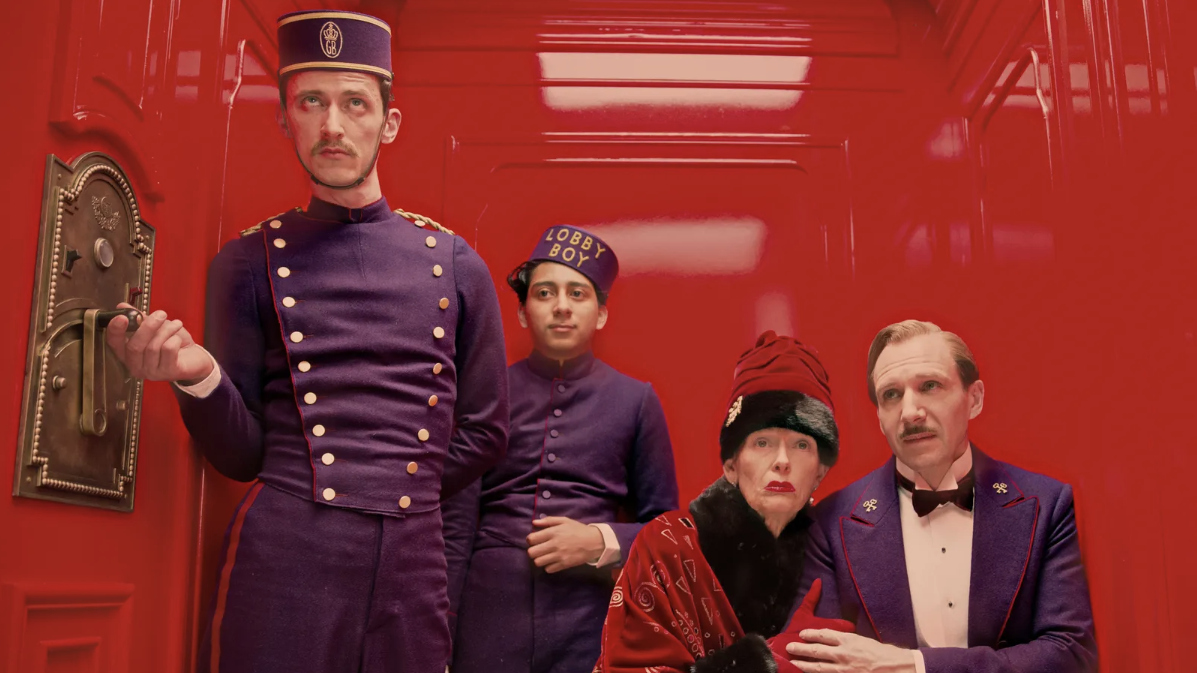 Wes Anderson at the Design Museum celebrates an obsessive attention to detail
Wes Anderson at the Design Museum celebrates an obsessive attention to detail‘Wes Anderson: The Archives’ pays tribute to the American film director’s career – expect props and puppets aplenty in this comprehensive London retrospective
-
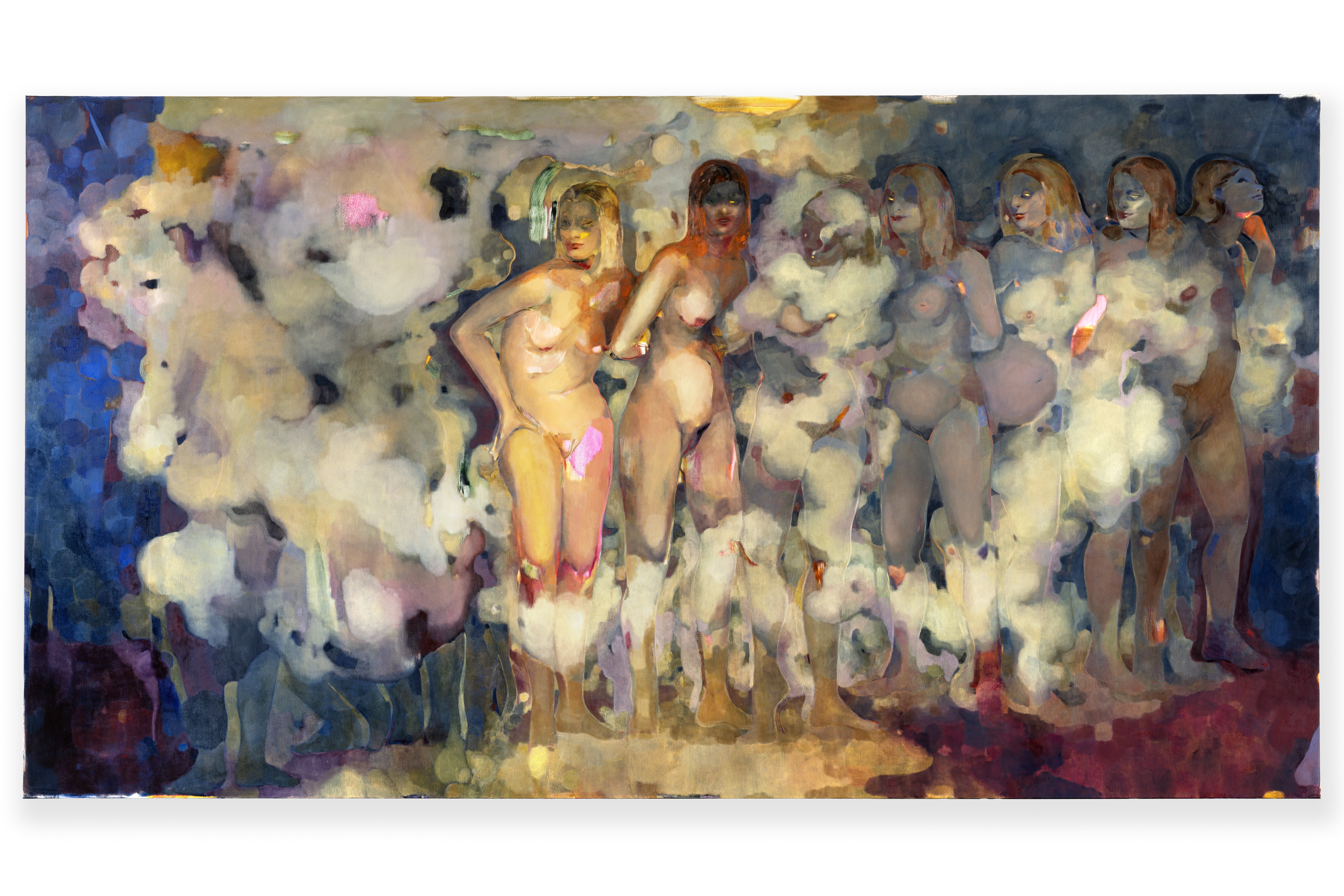 Meet Eva Helene Pade, the emerging artist redefining figurative painting
Meet Eva Helene Pade, the emerging artist redefining figurative paintingPade’s dreamlike figures in a crowd are currently on show at Thaddaeus Ropac London; she tells us about her need ‘to capture movements especially’
-
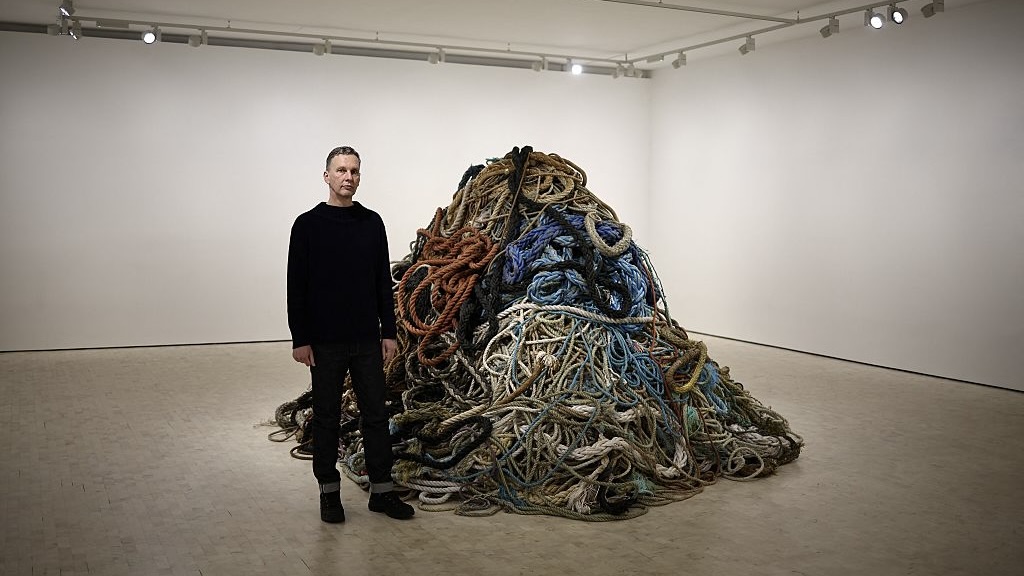 David Shrigley is quite literally asking for money for old rope (£1 million, to be precise)
David Shrigley is quite literally asking for money for old rope (£1 million, to be precise)The Turner Prize-nominated artist has filled a London gallery with ten tonnes of discarded rope, priced at £1 million, slyly questioning the arbitrariness of artistic value
-
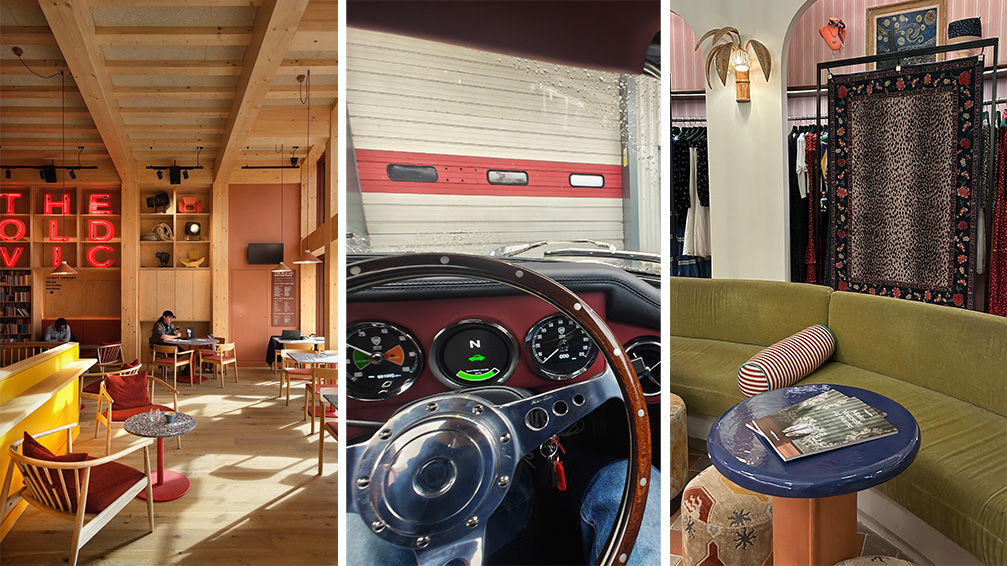 Out of office: The Wallpaper* editors’ picks of the week
Out of office: The Wallpaper* editors’ picks of the weekThe rain is falling, the nights are closing in, and it’s still a bit too early to get excited for Christmas, but this week, the Wallpaper* team brought warmth to the gloom with cosy interiors, good books, and a Hebridean dram
-
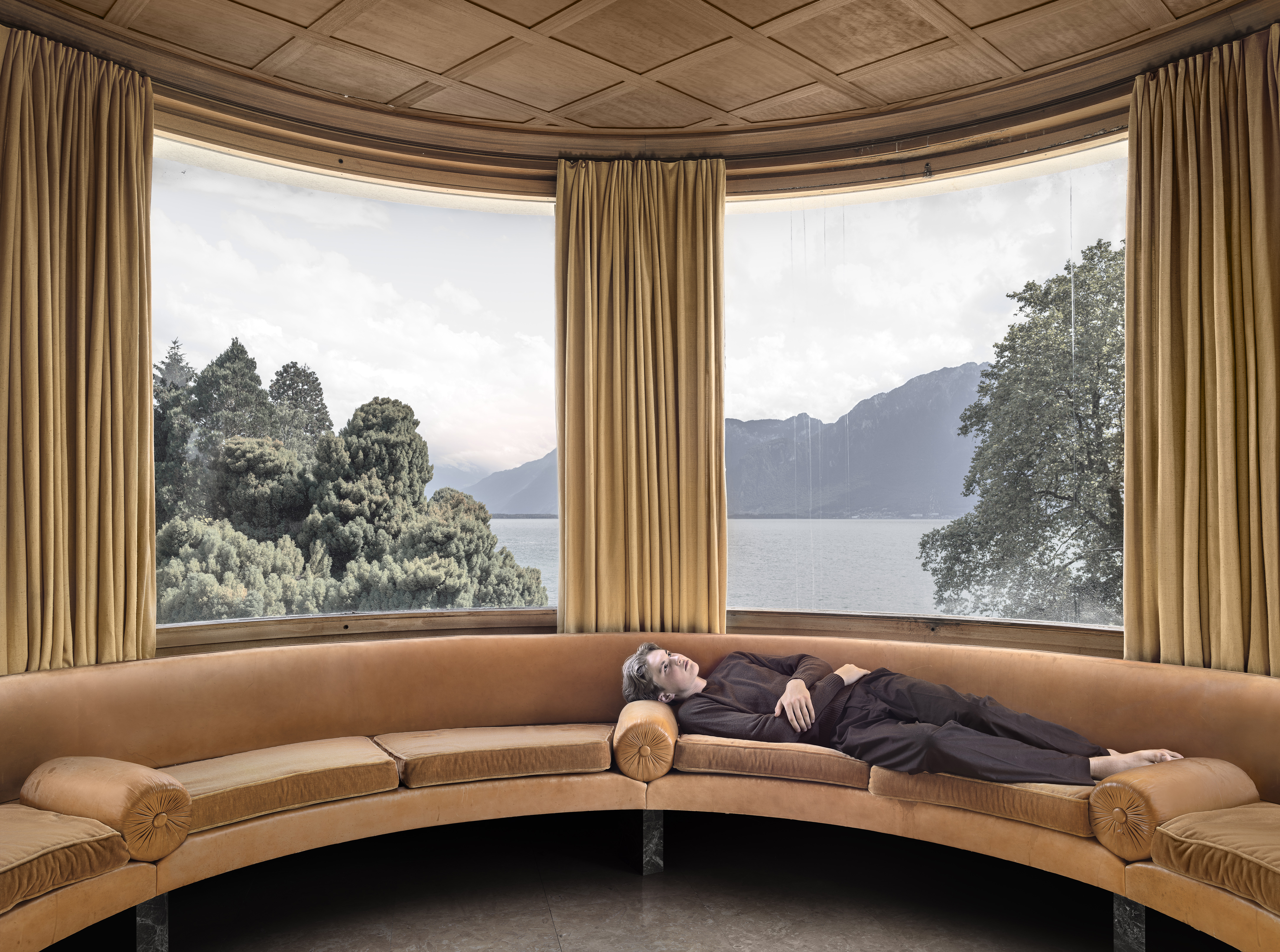 A former leprosarium with a traumatic past makes a haunting backdrop for Jaime Welsh's photographs
A former leprosarium with a traumatic past makes a haunting backdrop for Jaime Welsh's photographsIn 'Convalescent,' an exhibition at Ginny on Frederick in London, Jaime Welsh is drawn to the shores of Lake Geneva and the troubled history of Villa Karma